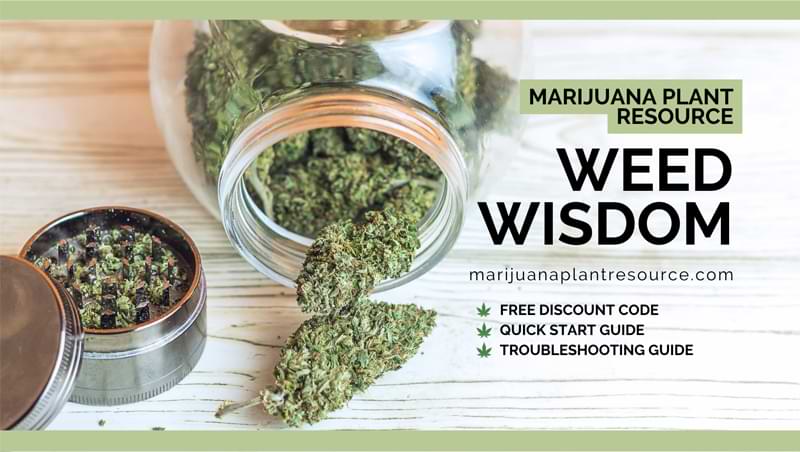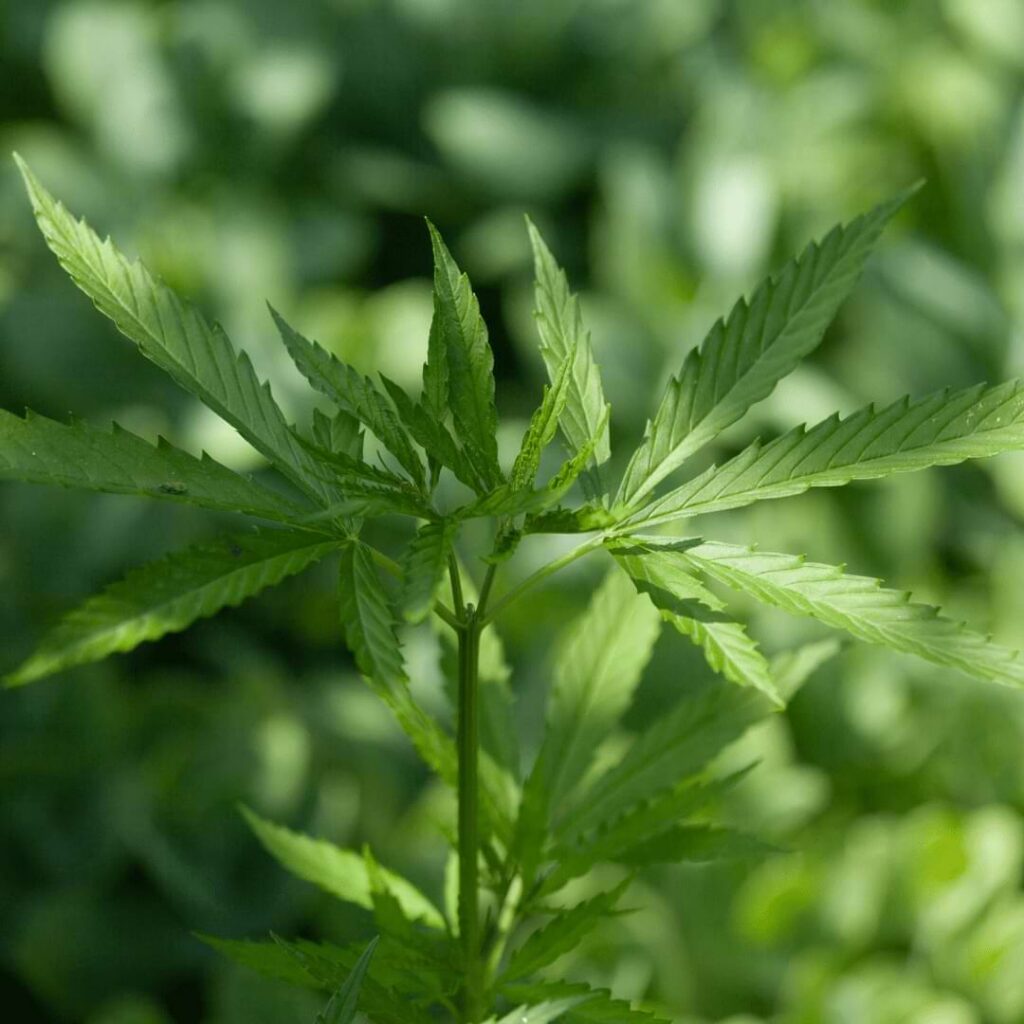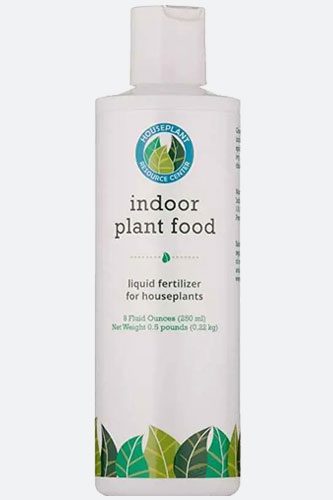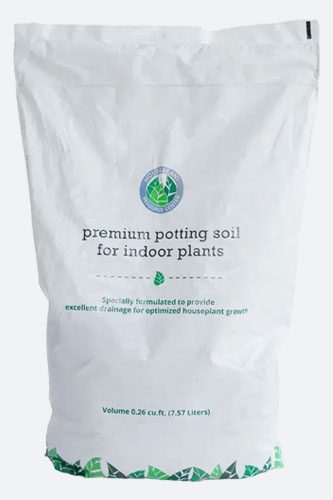The best practices for managing cannabis plants result in the highest yields and quality, regardless of how you choose to cultivate. One major decision that many growers consider is topped vs. non-topped plants as a means of controlling the shape of their plants, thereby maximizing light exposure, airflow, and yield potential.
But there is much to consider when deciding whether to top your cannabis plants. Done correctly, topping is an effective way to increase yields and control plant shape. However, performed incorrectly, it can cause significant damage to the plants and reduce their yield potential.
Benefits of Topping
Topping means cutting off portions of the main stem of your cannabis plant. This method promotes lateral growth and increases light exposure throughout the entire canopy. In addition, because topped plants are bushy and have multiple flowering sites, they produce higher yields than non-topped plants.
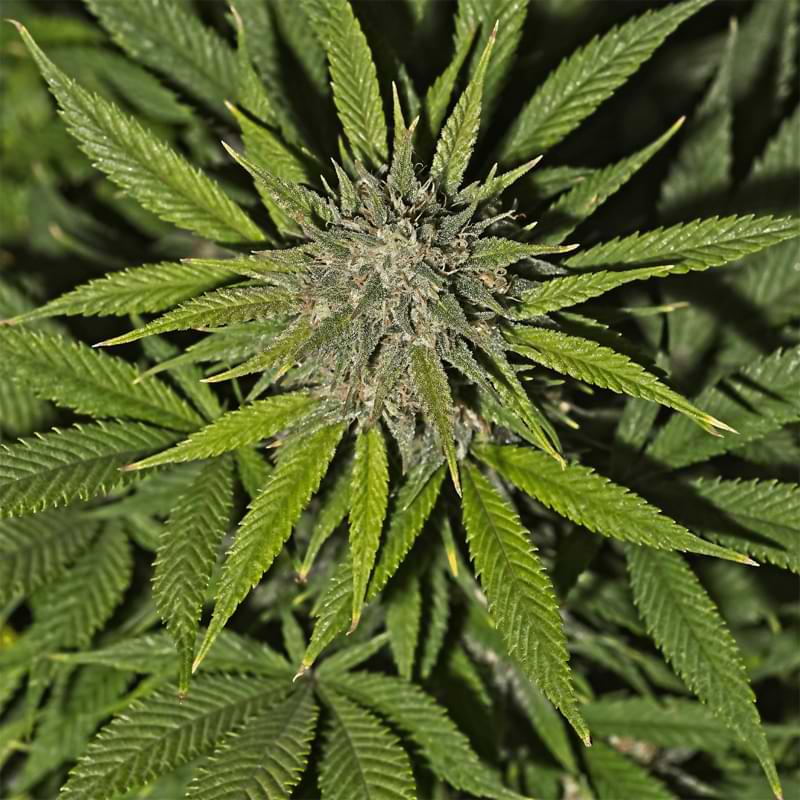
Drawbacks of Topping
Topping cannabis plants can be risky if not done properly, as it exposes your plants to infection and pests while also compromising their overall health. In addition, the cutting itself can create stress and shock that take time to recover from, so it is best to wait until your plants are well-rooted and healthy before topping them.
Benefits of Not Topping
Non-topped cannabis plants are those that are left to grow freely and naturally. This method can produce higher-quality buds, as the main cola receives more light and airflow than the lower branches. In addition, non-topped plants need less pruning and training, making it simpler for growers with limited time or experience.
Drawbacks of Not Topping
The main downside to growing non-topped cannabis plants is that it often results in fewer total yields than topping. This method also requires more vertical space, as the plants can get quite tall when not topped. Additionally, non-topped plants can be susceptible to light burning or stretching if lighting and ventilation are insufficient.
Topped Vs. Non-Topped Plants: Which is Better?
Ultimately, topped vs. non-topped cannabis plants comes down to your growing preferences, goals, and experience level. If you do choose to top your plants, be sure to follow these best practices recommended by experienced cannabis cultivators:
- Wait until your plants are in the vegetative stage before topping.
- Make clean cuts and sanitize your scissors or clippers to prevent infection.
- Allow plants plenty of time to recover before switching them into the flowering phase.
- Use low-stress training (LST) techniques alongside topping for maximum yield potential.
No matter which technique you choose, keep in mind that each strain responds differently to topping and other cultivation practices, so it is best to do your research and understand the characteristics of your particular strain before making any decisions.
Grow The Best Cannabis Plants
No matter how you feel about topped vs. non-topped plants, remember that the quality of your cannabis depends on more than just this single factor. To get the best results, you must consider all cannabis cultivation practices, such as growing medium, nutrient cycle, lighting schedule, and more.
By following these best practices, you can ensure that your plants reach their maximum yield potential while providing top-notch quality buds.
Looking for the best supplies to grow cannabis? Houseplant Resource Center has you covered.
We sell high-quality gardening supplies for any type of grower. We love helping cannabis enthusiasts cultivate their first plants. Check out our Amazon Store to learn more about our products.
If you’re a cannabis grower wanting to learn about the ins and outs of growing, you can register for our free Ultimate Marijuana Home Growing webinar.
Subscribe to our newsletter to get updates about indoor and outdoor growing tips. New subscribers receive a free Quickstart Guide to Growing Marijuana Ebook and they can join our Weed Wisdom Facebook Community.
